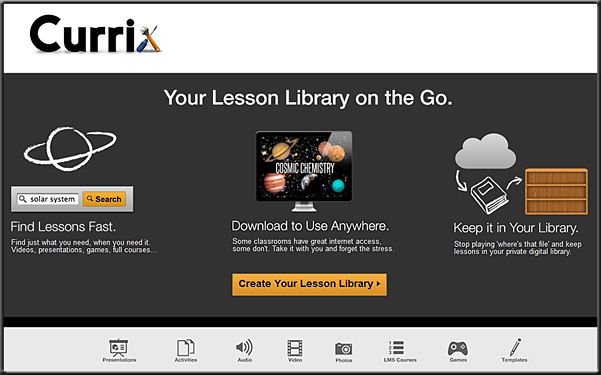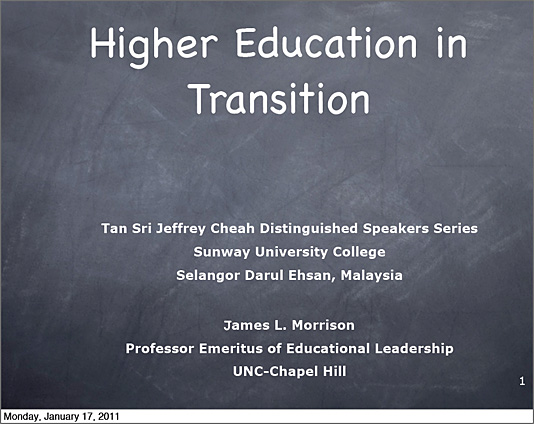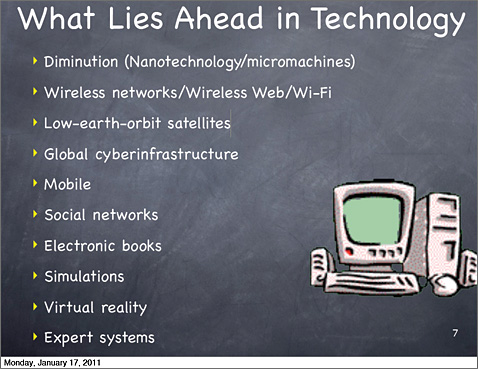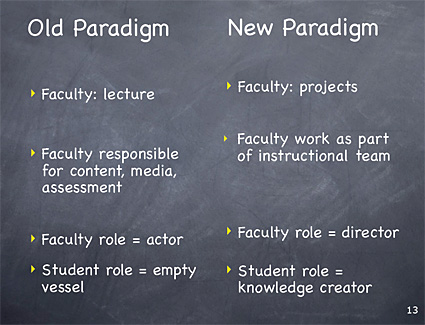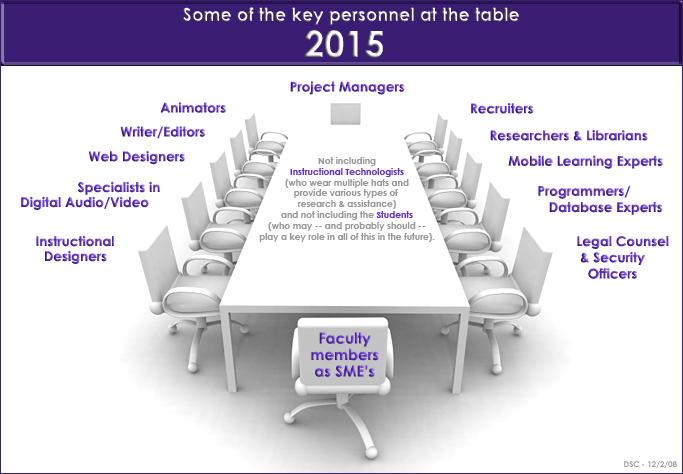New consortium of leading universities will move forward with transformative, for-credit online education program — from 2U.com
Semester Online™ will be first of its kind featuring rigorous, innovative, live courses
Excerpt (emphasis DSC)
LANDOVER, Md. — Nov. 15, 2012 — Today, a group of the nation’s leading universities announced plans to launch a new, innovative program that transforms the model of online education. Consortium members include Brandeis University, Duke University, Emory University, Northwestern University, The University of North Carolina at Chapel Hill, University of Notre Dame, University of Rochester, Vanderbilt University, Wake Forest University and Washington University in St. Louis. The new online education program, Semester Online,will be the first of its kind to offer undergraduate students the opportunity to take rigorous, online courses for credit from a consortium of universities. The program is delivered through a virtual classroom environment and interactive platform developed by 2U, formerly known as 2tor.
From DSC:
Interesting to see the impact of competition…
.
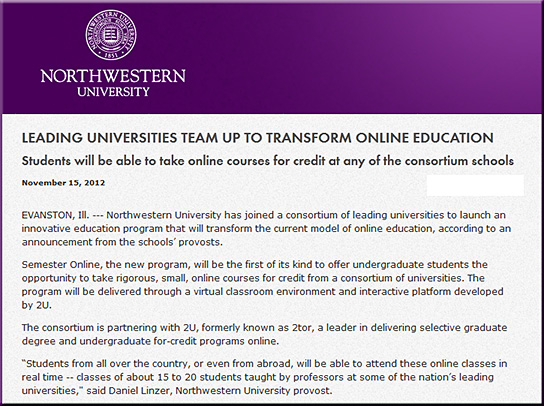
Addendum on 11/16/12:
Excerpt:
A consortium of 10 top-tier universities will soon offer fully online, credit-bearing undergraduate courses through a partnership with 2U, a company that facilitates online learning.
Any students enrolled at an “undergraduate experience anywhere in the world” will be eligible to take the courses, according to Chip Paucek, the CEO of 2U, which until recently was called 2tor. The first courses are slated to make their debut in the fall.
After a year in which the top universities in the world have clambered to offer massive open online courses (MOOCs) for no credit, this new project marks yet another turning point in online education. It is the first known example of top universities offering fully online, credit-bearing courses to undergraduates who are not actually enrolled at the institutions that are offering them.
.
From DSC:
It’s not a stretch to think that we’ll soon be able to take part in this type of thing from our living rooms…
![The-Living-Class-Room-Daniel-S-Christian---July-2012 The Living [Class] Room -- by Daniel Christian -- July 2012 -- a second device used in conjunction with a Smart/Connected TV](http://danielschristian.com/learning-ecosystems/wp-content/uploads/2012/07/The-Living-Class-Room-Daniel-S-Christian-July-2012.jpg)
.
Also relevant here/see:
Attend the Global Education Conference
from your living room
Addendum on 11/19/12:
.
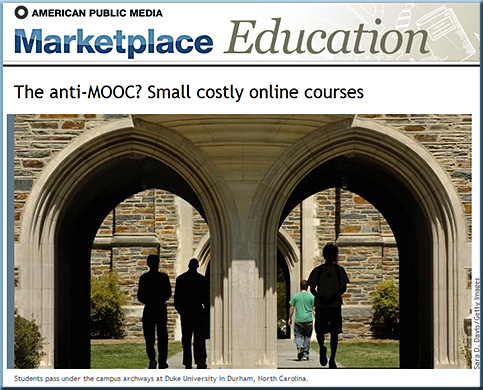











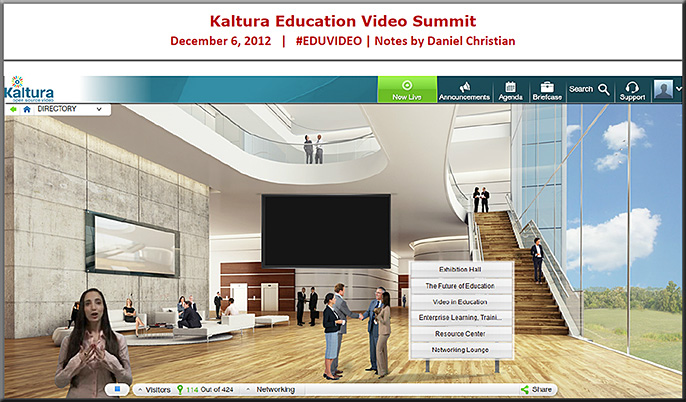
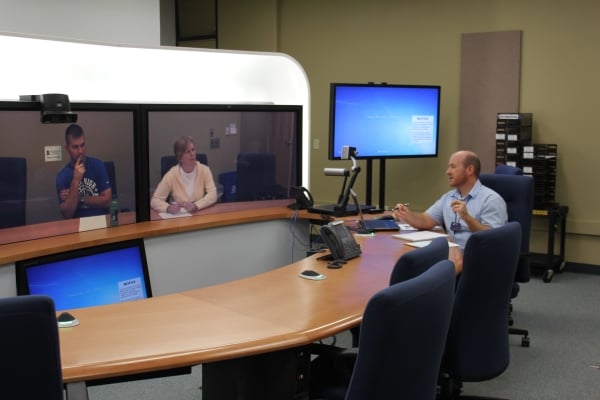

![The-Living-Class-Room-Daniel-S-Christian---July-2012 The Living [Class] Room -- by Daniel Christian -- July 2012 -- a second device used in conjunction with a Smart/Connected TV](http://danielschristian.com/learning-ecosystems/wp-content/uploads/2012/07/The-Living-Class-Room-Daniel-S-Christian-July-2012.jpg)

